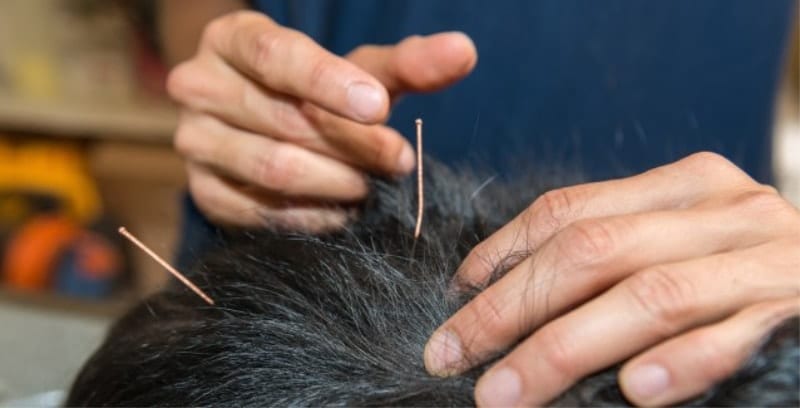As a pet parent, you are your dog’s provider and caretaker. As your dog’s best advocate, you have an essential role in noticing pain in your four-legged companions.
Canine pain can range from subtle to excruciating, and occasional to permanent. It can be a challenge to recognize pain in your pet, which can take multiple forms at various levels.
Our dogs are often very good at hiding their pain and discomfort. This is a natural instinct as they do not want to appear “weak” within their pack structure.
If a symptom is persistent or your friend no longer has an interest in participating in events that they usually enjoy, this is your cue to pay attention.
Never dismiss a “gut” feeling that something seems a bit “off” with your pet. Seek out a second opinion through your trusted veterinarian. It is much better to be an over concerned pet parent rather than find out weeks or months later that your dog has been suffering in pain.
Canine pain management keeps improving at a rapid pace and entails a variety of methods. In some cases, non-pharmaceutical options and alternative medicine can help.
Acupuncture – The insertion of thin needles into specific spots to help pain and other problems.
Chiropractic – Canine chiropractic uses physical manipulations to relieve pain and restore flexibility.
Diet – Weight loss or weight control can help dogs with conditions of the spine, bones, and joints. Special diets can also yield positive results.
Dietary Supplements – Glucosamine and chondroitin can relieve arthritis pains as can omega-3 fatty acids, which act as anti-inflammatories to aid aching joints.
Magnet Therapy – Static or permanent magnets can be found in unique pet beds, blankets, and boots and are said to improve blood flow. Pulsed electromagnetic field therapy, delivered by electricity flowing through a coiled wire, has been shown to increase pain thresholds and assist in healing broken bones, tendinitis, and wounds.
Massage – Massage therapy kneads body tissues to increase muscle flexibility and blood circulation for faster healing. Trigger point massage therapy targets deep tissue pain sources.
Reiki – Positioning of the hands lightly on the body is used for arthritis, hip dysplasia, broken bones, and joint and back pain. Reiki’s premise is that an individual’s body has energy fields affecting health, and those fields can be altered.
If your dog recently had surgery, it is essential to follow the medication and confinement instructions given by your veterinarian. Too much movement, too soon, can cause pain and impair healing.
Medication prescribed to relieve canine pain discomfort may include anti-inflammatory and morphine-like drugs. These medications are made specifically for dogs and prescribed by your veterinarian. Avoid using human medications on your dog as they can be deadly.
Short term pain discomfort versus long term pain management is important to recognize and treat appropriately. Discuss with your vet the best pain-relieving options to make your dog comfortable and improve your friend’s quality of life.
























